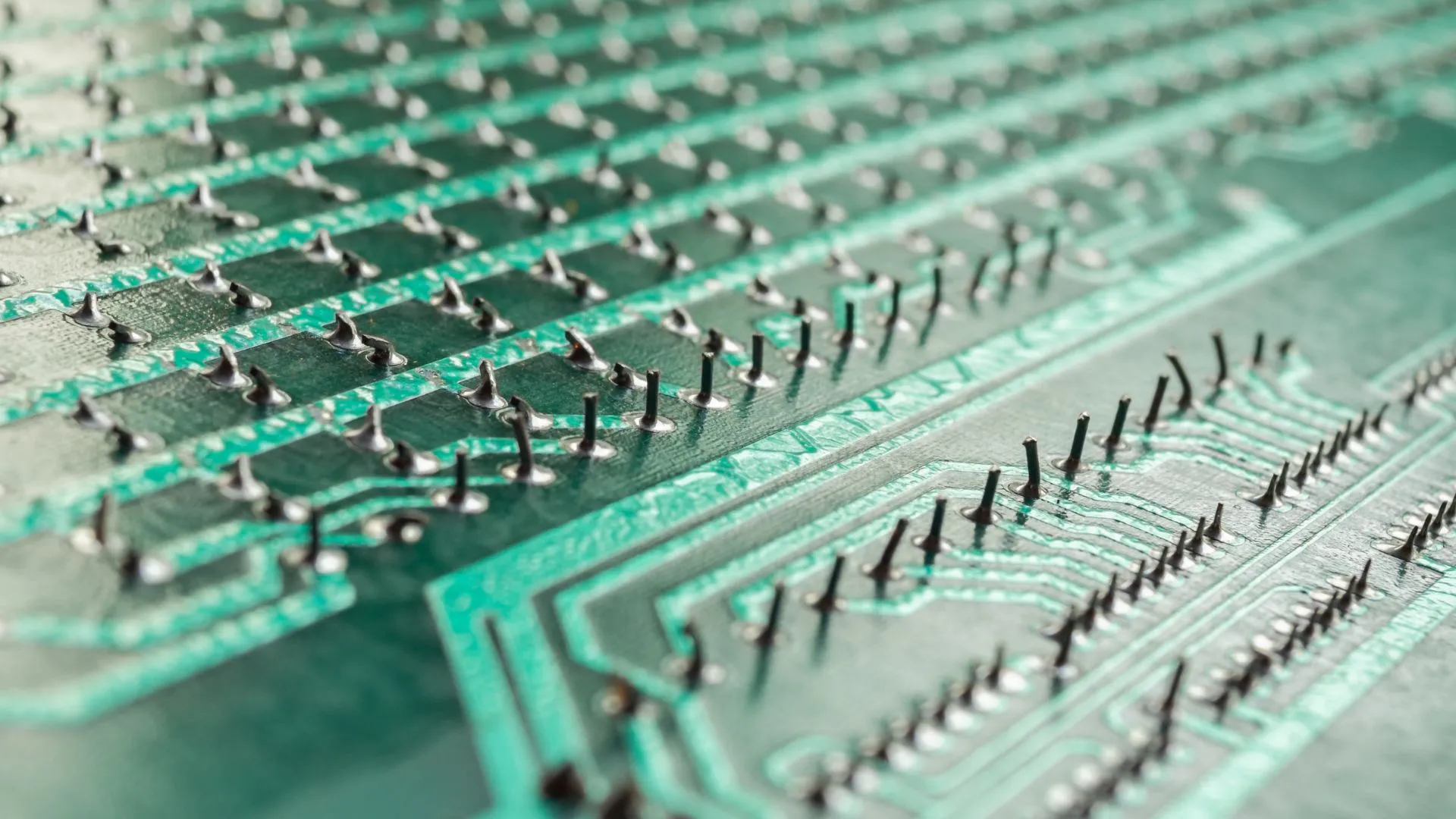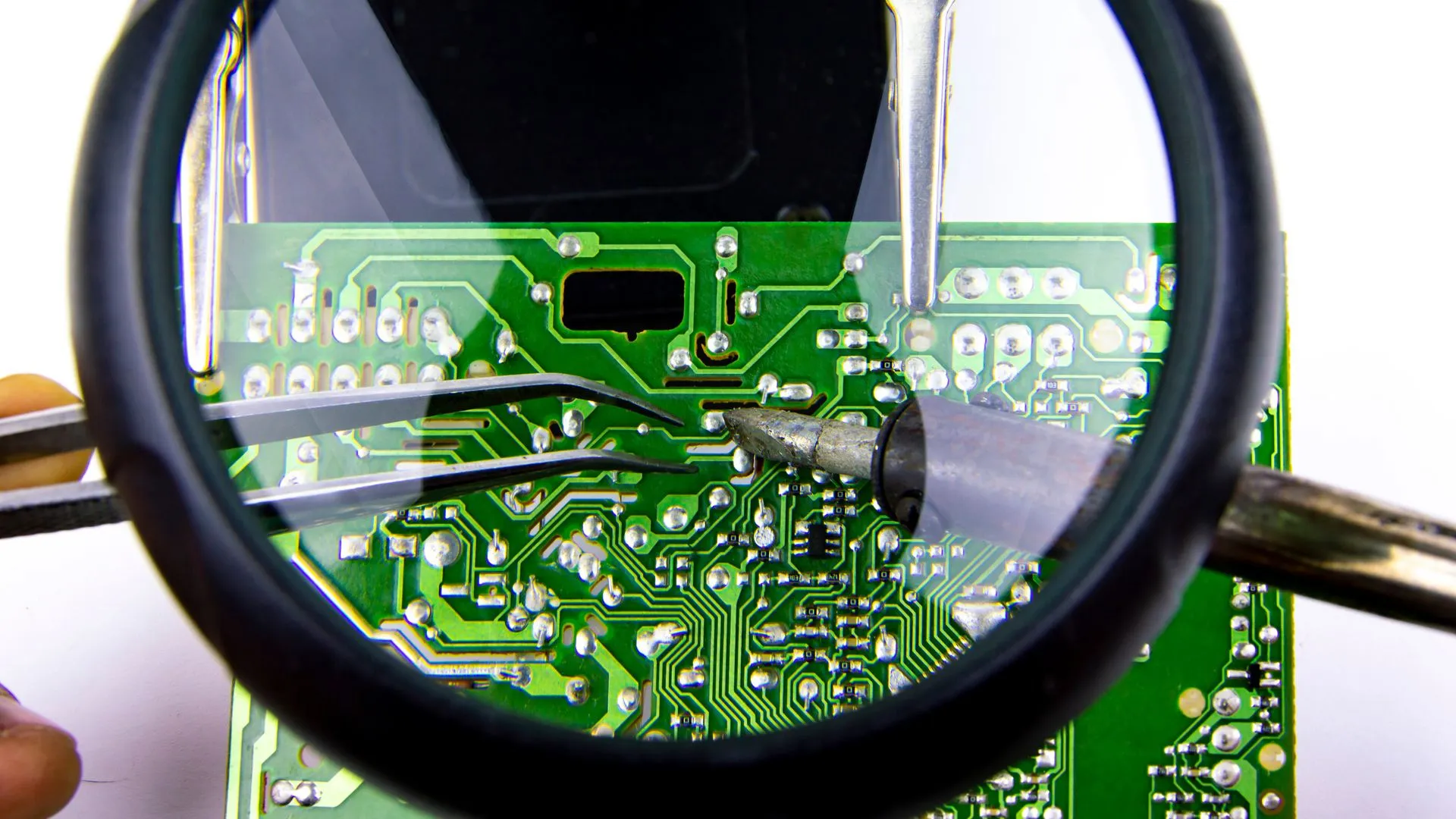Solderability Issues
Identify and eliminate susceptible areas where there will be insufficient solder, solder splashes, solder shorts or non robust solder joints for SMT and PTH process

Indic proactively combats solderability issues in SMT and PTH processes. Our DFM review identifies potential problems early. This includes analyzing factors like pad size and shape, component placement, and thermal profiles. We use high-quality materials, advanced equipment, and rigorous inspection throughout the process. By continuously improving, we minimize defects, enhance product quality, and ensure production efficiency. Choose Indic for reliable soldering solutions and peace of mind.

At Indic, we excel in identifying and eliminating potential solderability issues in Surface Mount Technology (SMT) and Plated Through-Hole (PTH) processes. Our proactive approach begins with a thorough Design for Manufacturability (DFM) review, where we analyze factors such as pad size and shape, component placement, and thermal profiles to mitigate any foreseeable problems early on. We prioritize quality at every step, utilizing high-quality materials, state-of-the-art equipment, and stringent inspection processes throughout the soldering process. With our continuous improvement efforts, we minimize defects, enhance product quality, and ensure production efficiency, giving you peace of mind.

- SMT Soldering
- Wave soldering
- Auto soldering
- Selective soldering
- Manual soldering
- X-Ray Inspection
- 100X Scope Inspection to defect validation
Avoid common PCB soldering problems by ensuring proper PCB and component storage to prevent oxidation, using suitable flux and solder, maintaining optimal soldering temperatures, and employing adequate preheating and cleaning processes.
A PCB solderability test evaluates a board's ability to be soldered to, ensuring that the solder properly wets and adheres to the component leads and pads. This test is crucial for assessing the quality of PCB materials and surface finishes.
Cold/Dry Joints: Reheat the joint with proper solder and flux. Solder Bridges: Remove excess solder with desoldering braid. Solder Balls: Clean the area and reapply solder with correct temperature. Tombstoning: Adjust component placement and reflow solder. Voids: Apply additional flux and reheat to allow solder to fill gaps.
Major soldering defects include cold joints, dry joints, solder bridges, tombstoning, solder balls, and voids, each affecting the functionality and reliability of the PCB.
To avoid bad solder joints, ensure clean and well-prepared surfaces, use the correct solder and flux, apply appropriate heat, and adhere to optimal soldering times. Proper technique and equipment maintenance are also crucial.
The issue with solder wetting occurs when the solder fails to spread on the metal surface being soldered, leading to weak or unreliable joints. Poor wetting can result from oxidation, contamination, or inadequate flux.
Soldering defects are imperfections in solder joints that can lead to failures in electrical circuits. They include cold solder joints, solder bridges, insufficient or excessive solder, tombstoning, and voids.
Solderability refers to the ability of a material, typically a metal, to be soldered effectively, allowing for proper wetting and adhesion of the solder to the material's surface.
Common soldering problems include cold joints, overheated components, solder bridges (shorts), insufficient wetting, and excessive flux residue. These issues can compromise electrical connections and the reliability of the PCB.







